
The National Park Service protects and interprets historic sites in the region and works to tell the stories of the people who made these places significant to the Upper Delaware corridor. 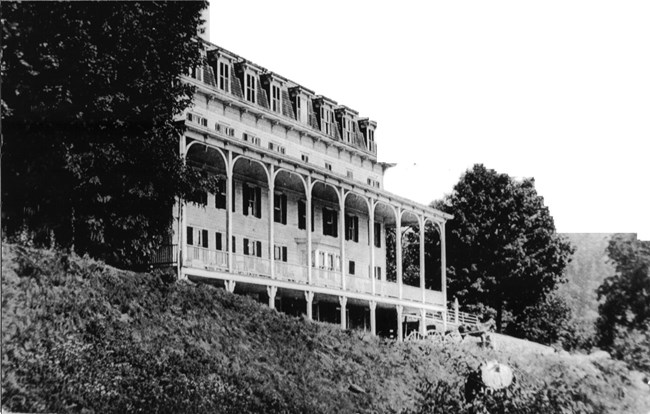
Lastly, the region has been a getaway for vacationers since the late 1870s when the Erie Railroad began to promote the region as a sportsman's paradise. Over time, tourism slowly became the number one industry in the Delaware Valley. Thousands of people traveled by train to visit the dozens of resorts in the region to fish, boat, and enjoy the natural beauty of the area. As railroad travel gave way to the automobile, campgrounds, canoe rentals, and bed and breakfast inns sprung to accommodate a new generation of travelers. Today, visitors from all across the country continue to come to the Delaware Valley to enjoy the beauty of the area and to explore the river. The river valley continues to support thousands of residents that have settled, developed, and made this region their home and opened it up to tourists and river enthusiasts. Through the use of oral history interviews, the National Park Service has started to collect the stories of some of the local residents so that people who have the stories of some of the local residents so that the people who have experienced the changes in the valley can tell their story first hand. 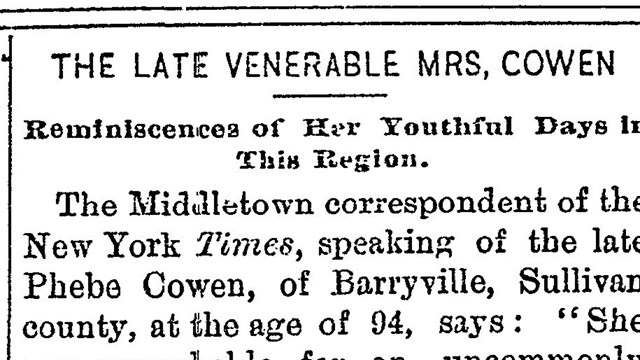
Joseph and Phoebe Cowen
Joseph and Phoebe Cowen owned and operated a small farm and store along the D&H Canal which is now part of the park. 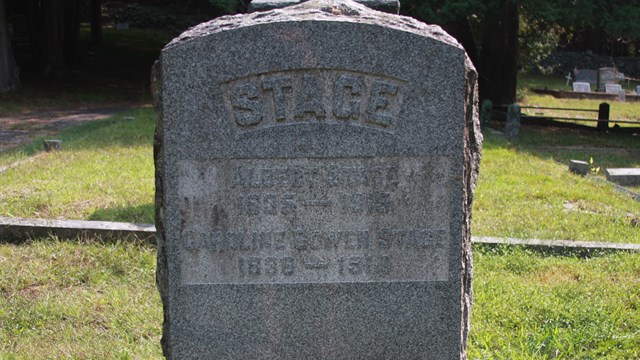
Albert and Caroline Stage
Joseph and Phoebe's daughter Caroline and her husband continued to operate the Cowen Farm. 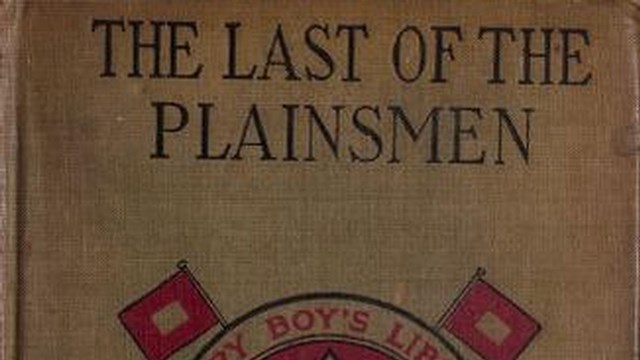
Charles Jesse Jones
Charles Jesse Jones took Zane Grey on a trip to the Grand Canyon which turned out to be an an inspiration for future novels. 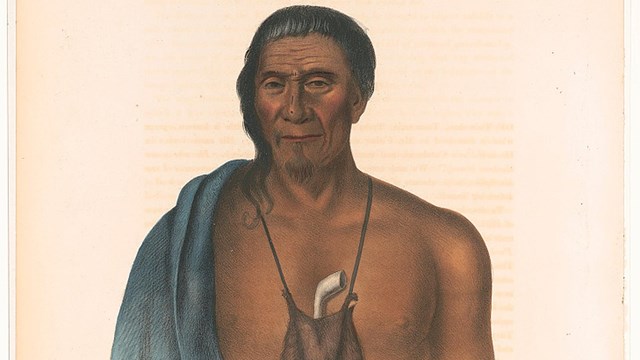
Native Americans
Long before European settlement the Lenape Indians and their ancestors lived off the area's abundant plant and animal life. 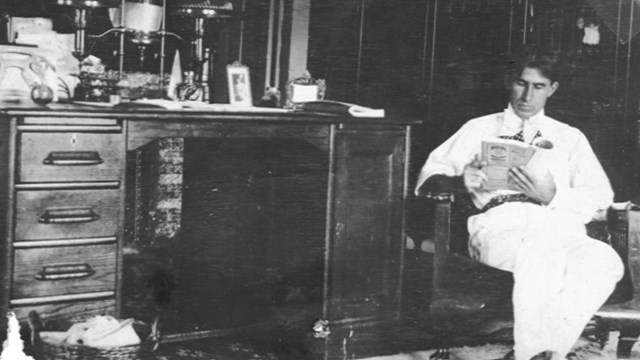
Zane Grey
Western writer Zane Grey had on home on the banks of the Delaware River. It was here that he met his wife and began writing. 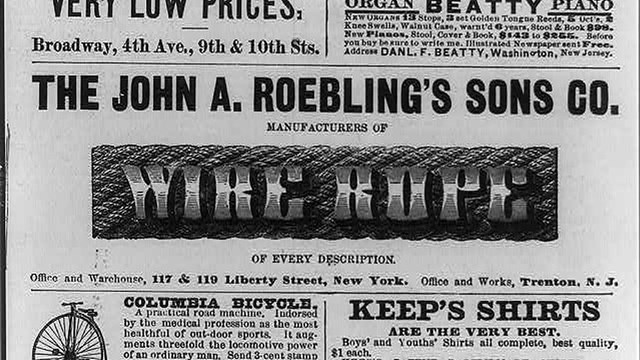
John Roebling
From 1847-1850 John constructed four D&H Canal wire cable suspension aqueducts. The one over the Delaware is still being used today. |
Last updated: December 15, 2020
